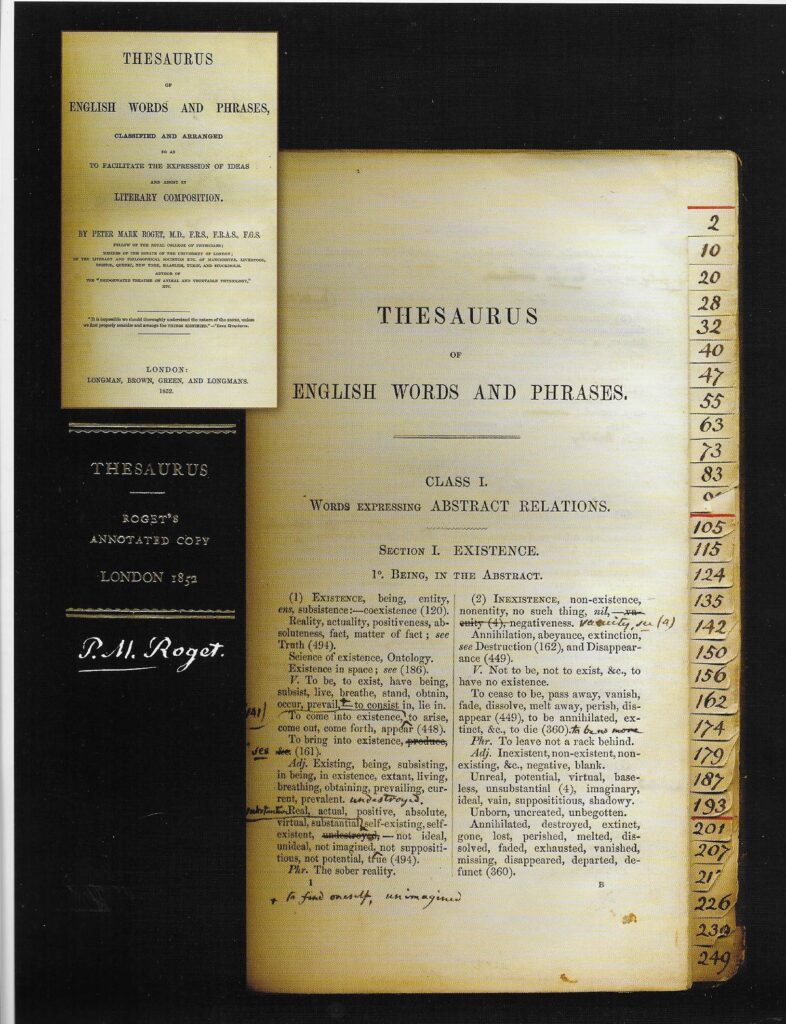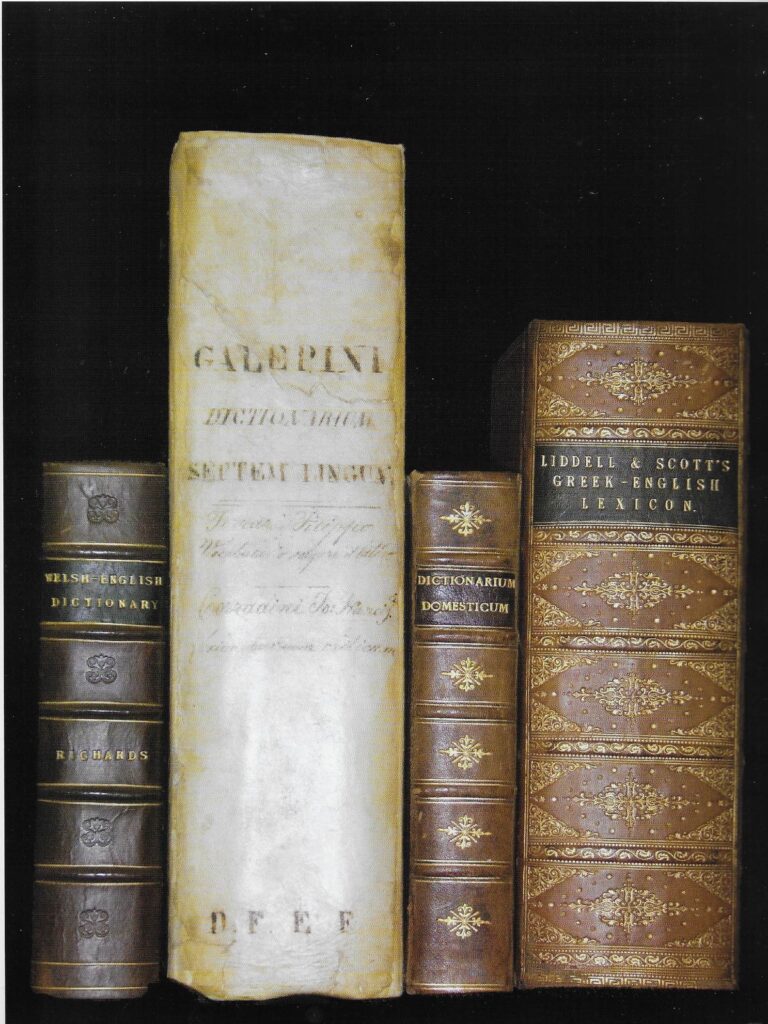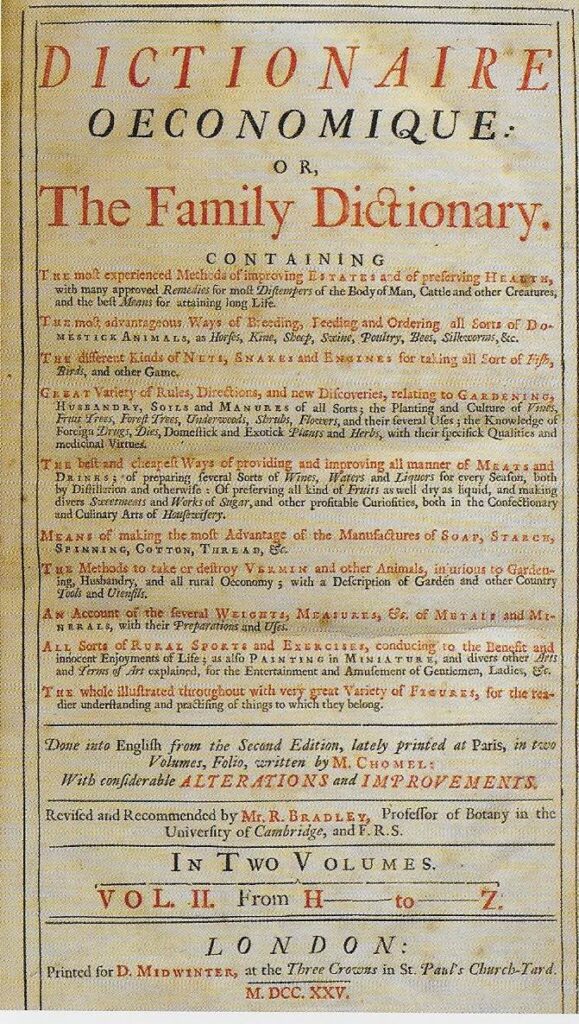Those Fascinating Exhibits
Part of the bread and butter of a rare books, or a special collection, operation is exhibits to raise interest in holdings, support a particular event, or facilitate ongoing research. Nowadays, these may be actual exhibits or virtual ones. In fact, an individual with access to the Internet may visit various collections online and create in some cases a virtual exhibit of holdings on the fly. A favorite online haunt of mine has been The Internet Archive, where, for instance, I searched recently on Ambrogio Calepino and created a selection of digitized dictionaries held by libraries hither and yon. For most of these works, I was able to view and page through images of the contents. I recommend checking out this resource at http://archive.org for similar searches; it’s fun and may turn up something unexpected.

This is a partial screen capture of a search on “Ambrogio Calepino” on The Internet Archive. Try some other searches to see what you come up with.
Of course, there’s nothing that beats an in-person experience to gain an appreciation of the treasures which are found in museums and libraries. This has certainly been the case at DSNA meetings. Like all of you, I have enjoyed the many exhibits proudly provided for us at various venues associated with our Society’s biennial gatherings. I remember a walk-through library trip in Toronto which made me realize I could have easily added another layer of dictionary collections to the seven Northern American collections I treated in 2011 in an article published in Dictionaries.
One of my favorite DSNA exhibits was the permanent one at the University of Chicago featuring cuneiform tablets and other artifacts which support the Chicago Hittite Dictionary Project of The Oriental Institute. Not only was the exhibit informative, but it was also visually stunning. The recent acquisition by the Lilly Library of the Barnhart Archive was received in the nick of time to be exhibited at the 2019 DSNA at Indiana University. I’m sure many attendees found it rewarding.
Portions of the Cordell Collection of Dictionaries, as it’s commonly known, are on permanent display, although initially it was intended that all of it be on display to the public in glass cases in a specially designated space, the Cordell Room. However, the collection Warren Cordell donated to Indiana State University in 1969 began to grow almost immediately.
The growing collection had to be kept in an extension library in the science building until 1973 when it was transferred to the new main library. Meanwhile, the Cordell Collection had sometimes increased in its holdings by hundreds of volumes at a time, according to purchase records. The Cordell Collection soon outgrew its special room (see below) and spread into a neighboring room which had been intended for another collection. When the collection outgrew both these exhibit spaces, part of the collection was moved into a closed-stack room known as the Vault.

The Cordell Room, ca. 1975. The collection was displayed in glass cases, serving as a permanent exhibit. We would be aghast nowadays to see books propped open permanently with their contents exposed to such harsh and harmful lighting. All Cordell photos provided courtesy of Special Collections, Indiana State University Library.
By the time I arrived in 1986, the Special Collections Department had no available room for any additions to its 13 major collections. Some of the larger books in the Cordell Collection, I was told, were stored on the floor at the end of book stacks and in other nooks and crannies. I can only imagine this, as I have never seen a photo of it—I think this was something no one wanted to advertise.
The completion of in-progress renovation of the department became one of my duties when I assumed my position. This added a storage room which increased the capacity of the department by more than 50%. Various collections were transferred to this space, including certain portions of the Cordell Collection. Other enhancements were made, including replacing direct lighting with indirect lighting. I will note that I endured the herringbone carpet seen in the photo above for several years—it made me dizzy—before it was finally replaced.
As you might imagine, changes have continued since my departure. But in 2021, the Cordell Collection is again running out of space, as it continues its mission of acquiring and making word books available to researchers. Of course, significant portions of the Cordell Collection remain on permanent exhibit.
The Cordell Collection hosted several exhibition events while I was associated with it and others after my retirement in 2012. In 2009, the Cordell Collection, in association with the university administration and the library, hosted a walking tour of the collection along with a festive dinner afterwards for the DSNA meeting hosted by Indiana University. “A Way with Words,” a fundraiser in combination with the Schick Lecture Series sponsored by the Department of English, took place in 2017. A walk-through exhibit was provided to interested persons. In 2019, the Cordell Collection was a destination exhibit for interested attendees at the DSNA meeting hosted by Indiana University. Many of the items pulled from the collection for closer inspection were keyed to papers that DSNA members were giving at the event.
Other examples from the Cordell Collection:

Peter Roget’s 1852 Thesaurus in original binding, housed in a clamshell case.

A selection of various dictionaries, including a seven-language Calepino dictionary. The Cordell Collection is believed to possess the most extensive collection of Calepino dictionaries anywhere. It continues to acquire them.

Not only does the collection contain traditional general dictionaries, but it has many special dictionaries, encyclopedias, and other word books.
